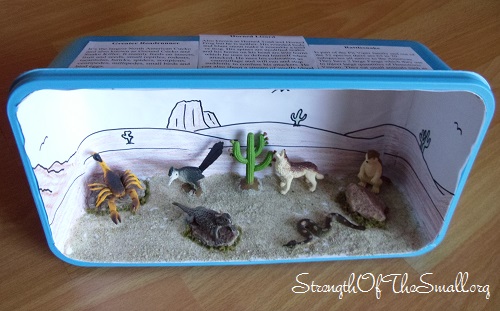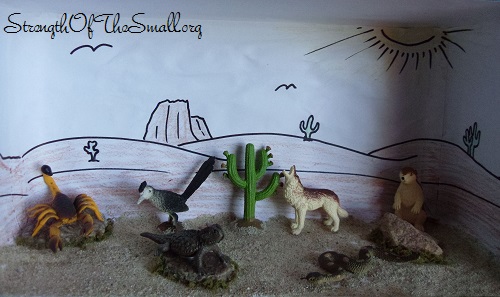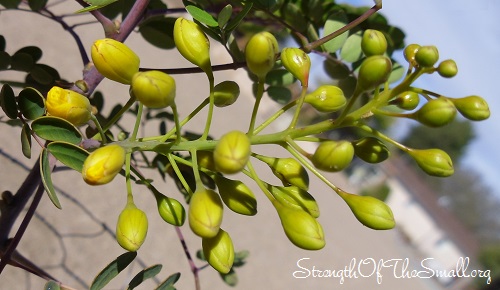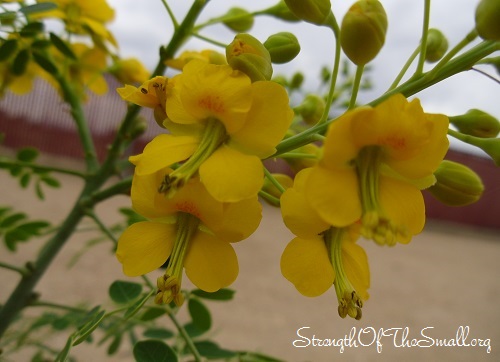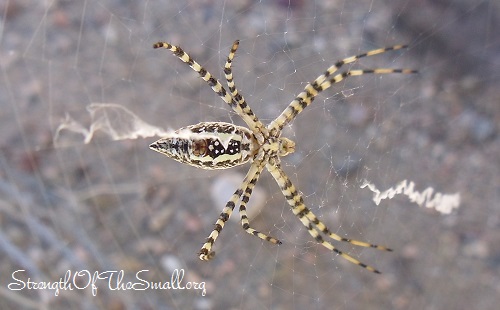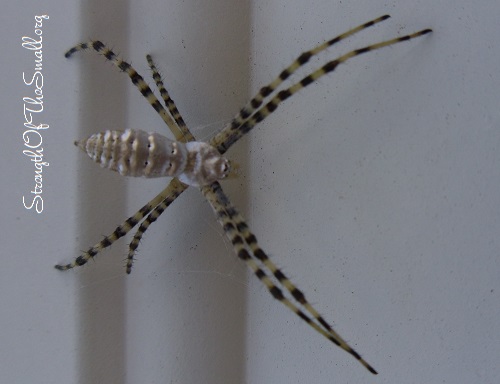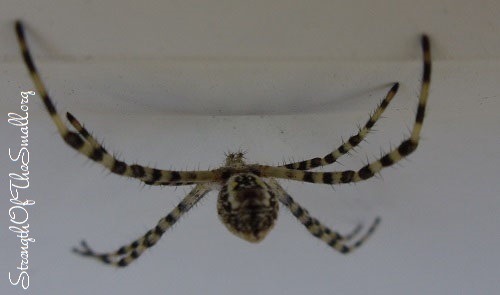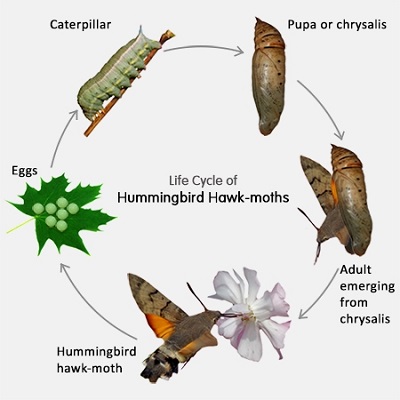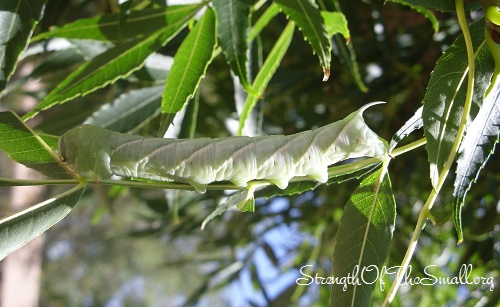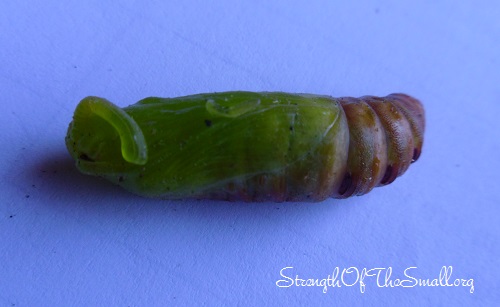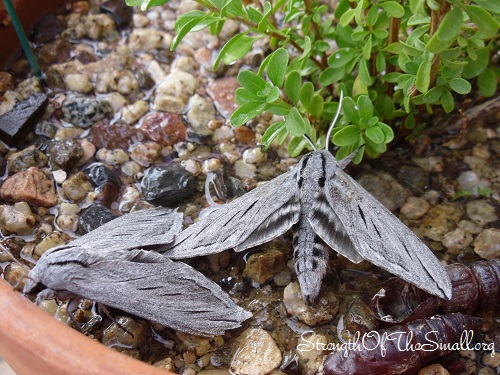It’s that time of year with much of the city looking gloomy and temperatures beginning to plunge to freezing at night . Warmer days are far gone and the cold weather is settling in slowly, but surely.
During days like these, I find solace in my garden.

I haven’t done much around my gardens lately since Fall is one of the best seasons for my plants to flourish and thrive. Once in a while I take long walks through the garden where I go to unclog my mind.
For Mother’s day this year, I received a bouquet of Chrysanthemums from a good friend. I transferred the plant in a container and this is the second time it has blessed me with large mounds of gorgeous and impressive flowers; forever reminding me of my friend’s gentleness and kindness.

My wonderful friend also gave me a tiny Agave Ovatifolia Frosty Blue plant, which I planted in ground and has now tripled in size. As you can see, a pup is emerging next to the mother plant. Very soon this delicate plant will need protection for winter safety, even though it is said to be cold hardy. I love the formation of its leaves.
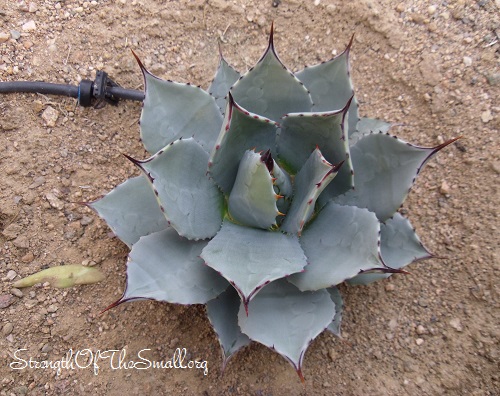
Seven months later, my young and tender Grevillea Noellii is pulling through.
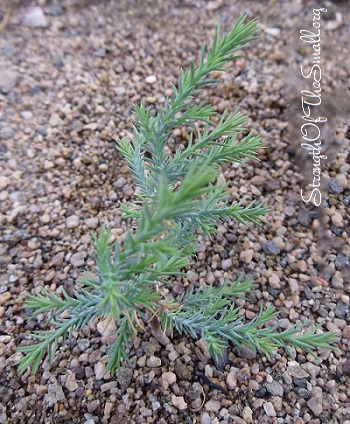
The Asparagus Aethiopicus is doing much better in a Pot. Growing it in a container will prevent the roots from spreading in different directions.
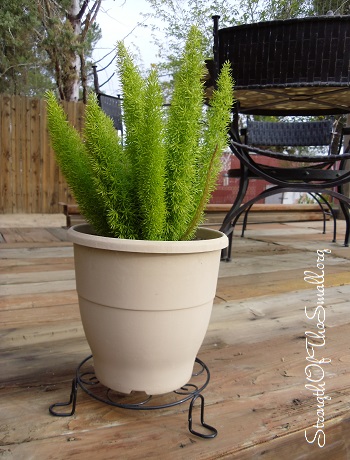
I planted a Common Jasmine (Jasminum Officinale) early this year and trained it to grow on a home made trellis. This morning I found a couple vines swaying away from the trellis and starting to twine on the plastic hanger of my Pachyphytum Bracteosum (Moonstones) hanging planter.
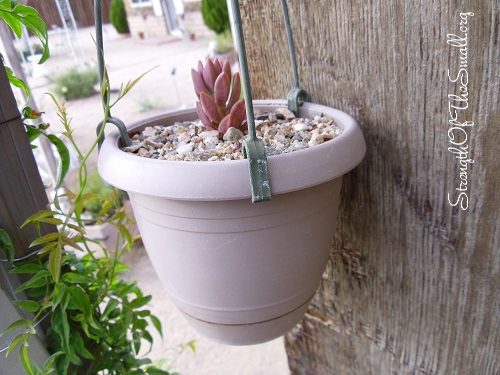
From my garden to yours, happy Fall Gardening (and don’t let the gloomy weather get to you).
